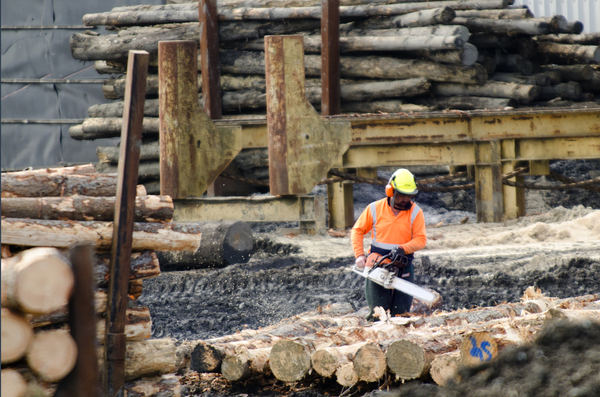Industry found to be most dangerous in Canada

An inaugural report by personal finance comparison website Finder Canada has ranked 18 industries in terms of their risk and reward to find the most dangerous jobs and whether or not their salaries are worth the risk.
Logging and forestry was found to be the most dangerous industry across Canada, with 11 fatalities and 1,324 claims, and only 48,100 people in the industry (2.8 per cent of employees injured or killed). Not only was it found to be the most dangerous industry, but it was also the least rewarding in terms of risk and reward, with an average weekly salary of $1,109, yielding a Finder job score of just 2.2.
It was followed by the accommodation, food and beverage services (2.8) and the construction industry (3.7).
According to Finder Canada’s Dangerous Jobs Report, the finance and insurance industry received the best job score of 210, with an average weekly wage of $1,260 and no recorded fatalities.
Real estate and insurance was the next best industry in terms of risk and reward, with an average weekly salary of $969 per week. There were no recorded fatalities for 2016 in this industry and it had 1,669 claims — just 0.52 per cent of all employees. The industry landed on a job score of 18.5.
The third best industry was business services, which earned an average weekly salary of $1,727. Despite this ranking, it saw nine fatalities and 6,728 claims in 2016.
“These findings show that there are potential dangers in every industry — even the ones some people might not expect, like business or educational services industries,” said Michelle Hutchison, money expert at Finder.com. “But more importantly, this study puts into context the value of that risk and whether or not people are adequately compensated for the risk their job demands.”
Top 10 worst industries for risk/reward
1. Logging and forestry (job score 2.2)
2. Accommodation, food and beverage services (2.8)
3. Construction (3.7)
4. Public administration (3.7)
5. Transportation and storage (3.8)
6. Retail trade (3.9)
7. Manufacturing (3.9)
8. Communication and other utilities (4.2)
9. Fishing and trapping (4.3)
10. Health and social services (4.5)
This article originally appeared in the October/November 2018 issue of COS.





